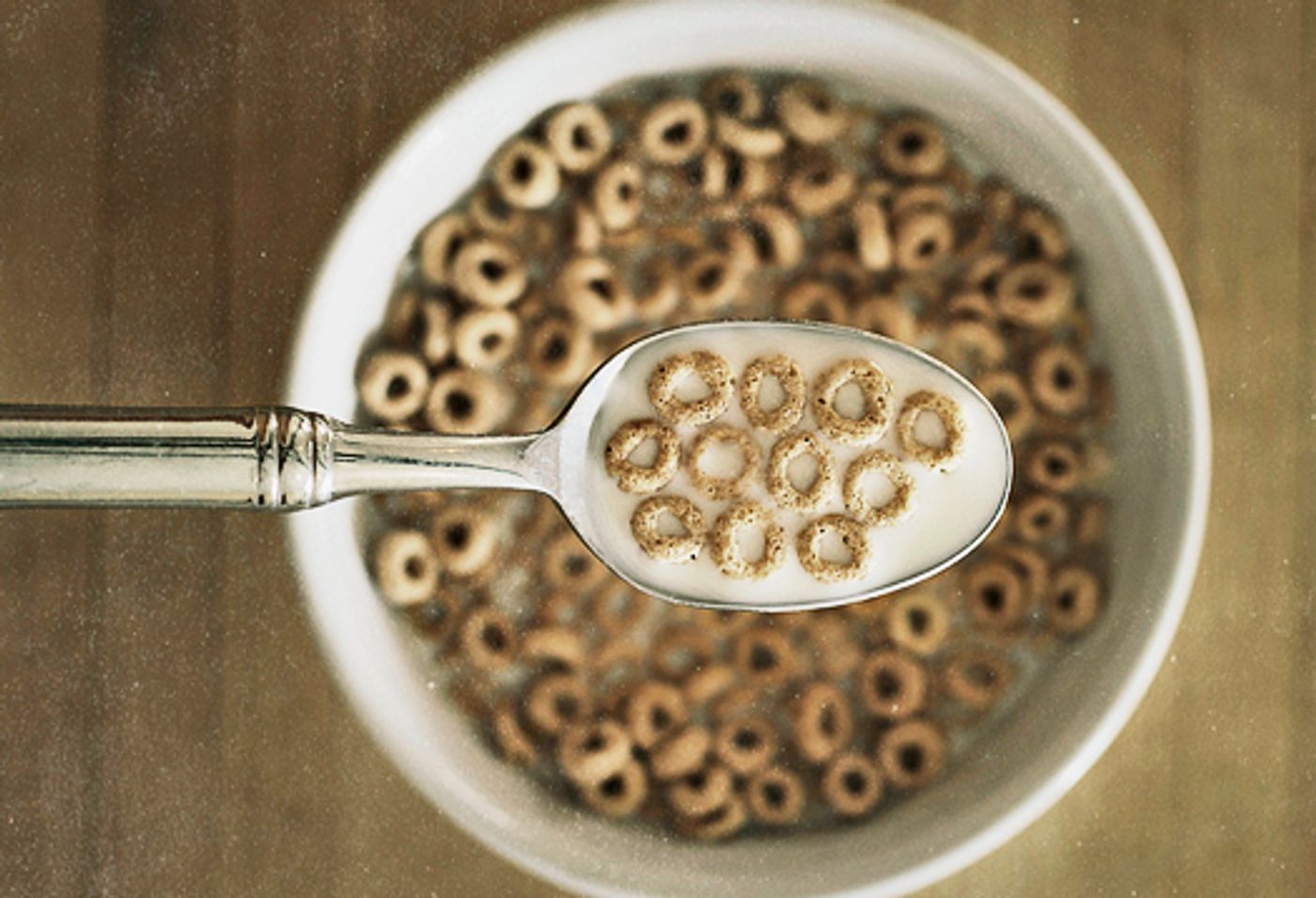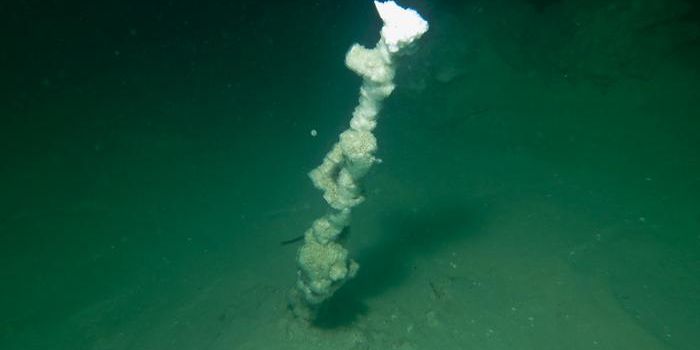YALE / BROWN (US) — A scientist’s breakfast sparked new research into how floating objects—like pieces of cereal and tiny colloidal particles—form patterns.
Andong He, a postdoctoral student at Yale University, wanted to know how cereal shape influences the way cereals floating in the milk join.
Along with collaborators Khoi Nguyen and Shreyas Mandre of Brown University, he reports his findings in
Europhysics Letters.
[sources]
“Two floating objects, when they attract each other, will try to maximize the area of contact,” says He, of the department of geology & geophysics. “Think about two ellipses—instead of tip to tip, they will try to align so that they are side to side.”
The main reason for this tendency is that floating objects (pieces of cereal, for example) experience the so-called capillary force, which emerges from the natural attraction of a liquid’s molecules to the molecules of an adjacent solid.
A lone object afloat on an infinite surface will not move, because the total force is zero. But when there are several objects in the liquid, a net force acting on each causes them to move and ultimately join.
As the capillary force brings objects together, the associated torque further tends to maximize contact by rotating the objects, although rotating is not the only way. “If the objects are smooth enough, they can slide along each other,” says He. “But the overall trend is always to decrease the gap between the objects, maximizing shared surface area as much as possible.”
In an experiment, the authors used thin plastic sheets, with and without polished edges, and observed rotating and sliding motion.
The results could help explain patterns formed by a wide variety of floating objects, including micrometer-sized colloidal particles, aquatic plant seeds, and water striders.
The researchers also worked out the fundamental principle of attraction in a new regime—that is, when floating objects are very close to each other.
This could serve as a conceptual basis for addressing problems in materials processing and microelectronics, such as self-assembly of objects by flotation and geometrically controlled coagulation.
“You will never think of your breakfast in the same way again,” says He.
Brown University and The Nordic Institute for Theoretical Physics provided support for the research.
Source:
Yale University
This article was originally published on
Futurity.org.









